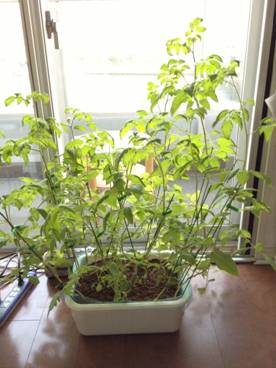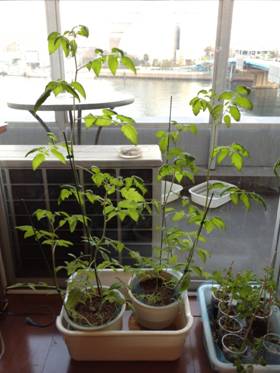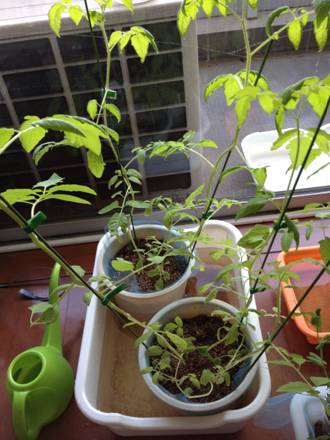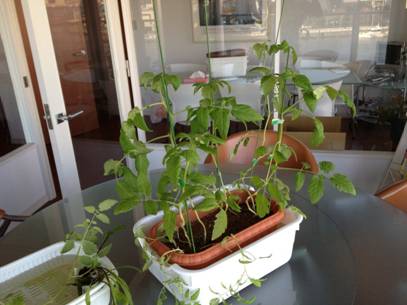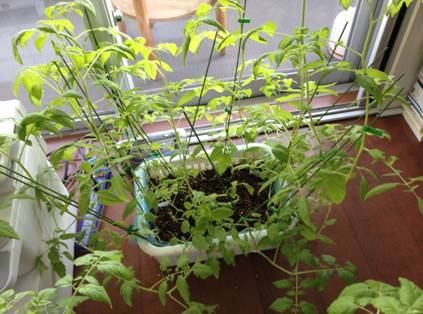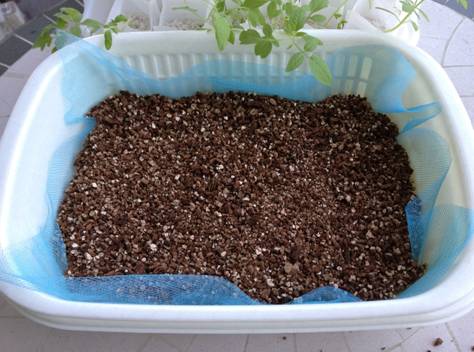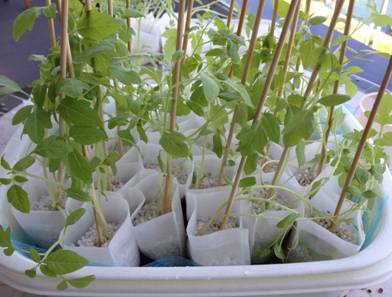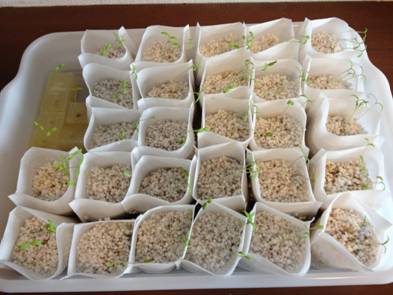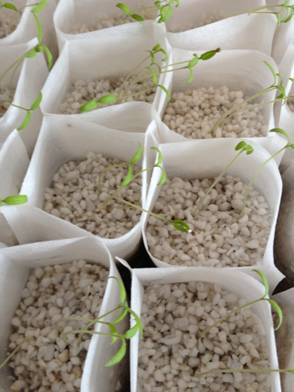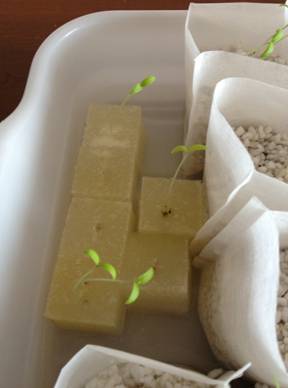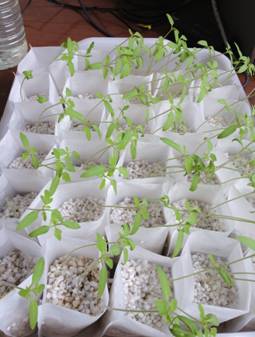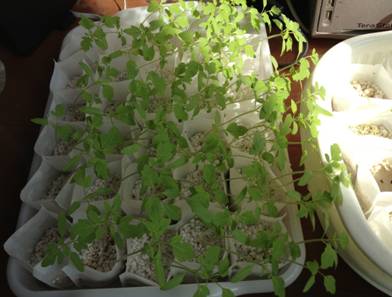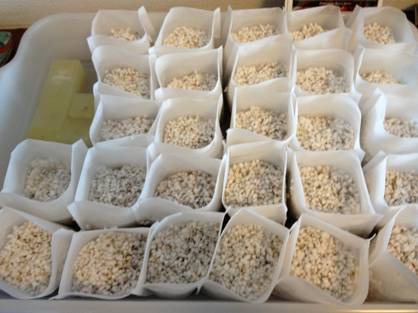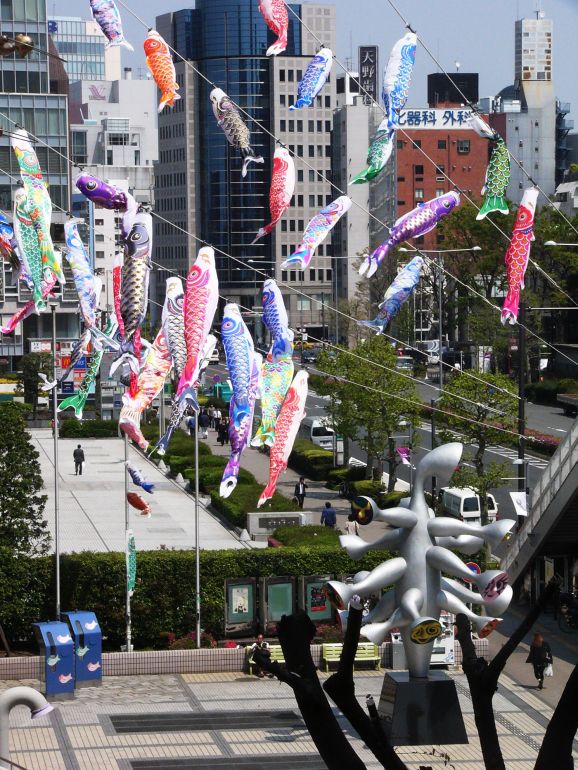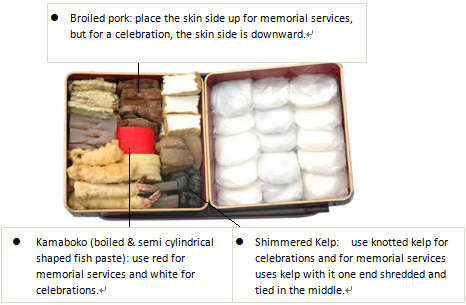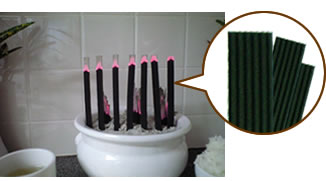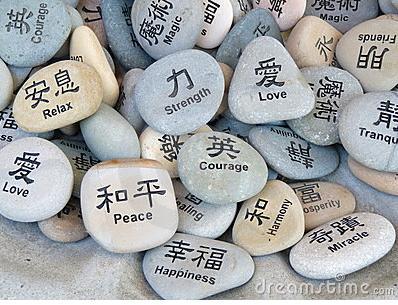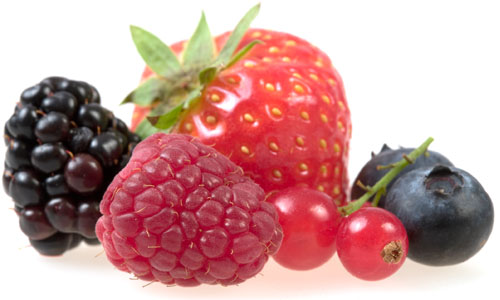
Image courtesy of iStockphoto / Thinkstock
Today, people are searching for ways to keep themselves feeling and looking younger. In addition to keeping an active lifestyle, eating well can decrease risk of heart disease–the no. 1 killer of women in America—as well as other health issues.
Eating a fresh whole-food diet rich in antioxidants, vitamins and minerals will keep women of all ages feeling and looking their best.
Here’s a brief list of foods that have been shown to fight the effects of aging in women:
Berries
Blueberries, strawberries, cranberries, blackberries and gooseberries are all foods that are rich in flavonoids, which are powerful antioxidants, one of the greatest anti-aging assets found in organic foods.1
Berries protect against the deterioration of cognitive and motor functions, reduce oxidative stress, lower inflammation and improve brain cell signaling, according to Dr. Barbara Shukitt-Hale, Ph.D.
They’re also a great source of vitamins and can even ensure proper blood flow. Besides flavonoids, berries also are loaded with other nutrients, including vitamin C, potassium and folate (vitamin B9).
There’s a large amount of fiber in a daily serving of berries, which also offer digestive benefits. Consuming berries on a consistent basis provides the body with minerals and salts that destroy free radicals, which helps protect women against aging. Shukitt-Hale suggests 1 cup of berries per day to prevent memory loss, lower disease risks and curb weight gain.
Extra Virgin Olive Oil
Olive oil provides the clean, healthy fats the body needs to maintain healthy skin and hair throughout life. In general, “good” fats—monounsaturated fatty acids in olive oil’s case—are lacking in the diets of most North Americans. Extra virgin olive oil represents your best choice because it is minimally handled and processed, and it tastes delicious.
When cooking with olive oil, never heat the oil so much that it begins to smoke. Use low to medium heat only, and monitor the oil. Once it starts to smoke, olive oil actually turns rancid.
Salmon
In order to keep skin supple, women are encouraged to eat about 12 ounces per week of wild salmon, as suggested by the American Heart Association.
Salmon also contains omega-3 fatty acids, is rich in vitamin B12, vitamin D, reduces inflammation and slows the progression of chronic disease. Salmon is known to reduce blood pressure, a common health issue for women over 50.2
Dark, Leafy Greens
Kale, spinach, collard greens, romaine lettuce and Swiss chard are dark green vegetables that are full of vitamin C, vitamin K, folic acid, iron, potassium, calcium and magnesium. The vitamin B in greens guards the heart and memory. Vitamin A supports skin cell turnover, and the lutein found in many forms of green vegetables protects vision.
According to Martha Clare Morris ScD, director of the Center of Nutrition & Aging at Rush University Medical Center in Chicago, those who eat three to four servings of greens a day will experience less of a decline in memory, recall and other mental functions. Morris and her team have tested 37,000 people.
The antioxidants in greens prevent fine lines and wrinkles. Lycopene, lutein and beta-carotene–commonly found in green vegetables–help block UV rays that cause skin to age rapidly. The nutrients in greens help fight against cardiovascular disease, asthma, rheumatoid arthritis and may even prevent certain types of cancer.
Garlic
Garlic is equally as delicious as it is good for you. Garlic is part of a class of vegetables known alliums, which help support your liver’s natural ability to neutralize and remove toxins and carcinogens. To prevent cell degeneration, garlic keeps blood thin and also prevents heart disease.3
Like many of the other foods on the list, garlic is rich in antioxidants. It can help limit the growth of abnormal cells and increases blood flow that goes to the brain for awareness.
According to Dr. Ian Smith M.D., garlic also helps fight acne, prevent dandruff and kill bacteria.
What You Can Do
Eating healthy is not about depriving yourself of the foods you love. Rather, it’s about fulfilling your body’s needs for vital nutrients. With the right dietary information, you can keep your body looking and feeling fantastic for life.
To get the nutrition news your body needs, contact your nearest Maximized Living doctor, or subscribe to our newsletter, which features all the latest health news.
_ _ _ _ _ _ _ _ _ _ _ _ _ _ _ _ _ _ _ _ _ _
Check the original site for more detailed and useful information!
URL: MaximizedLiving:
http://www.maximizedliving.com/Home/MaximizedLivingBlog/tabid/772/Article/816/anti-aging-foods-for-women.aspx
